In the dynamic world of logistics and transportation, ensuring the safety of cargo during transit is paramount. Trailer load restraints play a critical role in this process, safeguarding not only the goods being transported but also the drivers and other road users. At CarMax Vehicle, we understand the complexities and necessities of effective load restraint systems. This comprehensive guide delves into the intricacies of trailer load restraints, exploring their types, benefits, regulatory requirements, and best practices for implementation.
Table of Contents
- Understanding Trailer Load Restraints
- Types of Trailer Load Restraints
- Regulatory Standards and Compliance
- Benefits of Effective Load Restraint Systems
- Best Practices for Implementing Load Restraints
- Innovations in Load Restraint Technology
- Choosing CarMax Vehicle for Your Load Restraint Needs
- Frequently Asked Questions
Understanding Trailer Load Restraints
Trailer load restraints are systems designed to secure cargo within a trailer, preventing it from shifting, tipping, or falling during transportation. These restraints are essential for maintaining the stability of the trailer, ensuring the safety of the driver, and protecting other road users. Effective load restraint systems mitigate the risk of accidents caused by unsecured loads, which can lead to severe injuries, fatalities, and significant property damage.
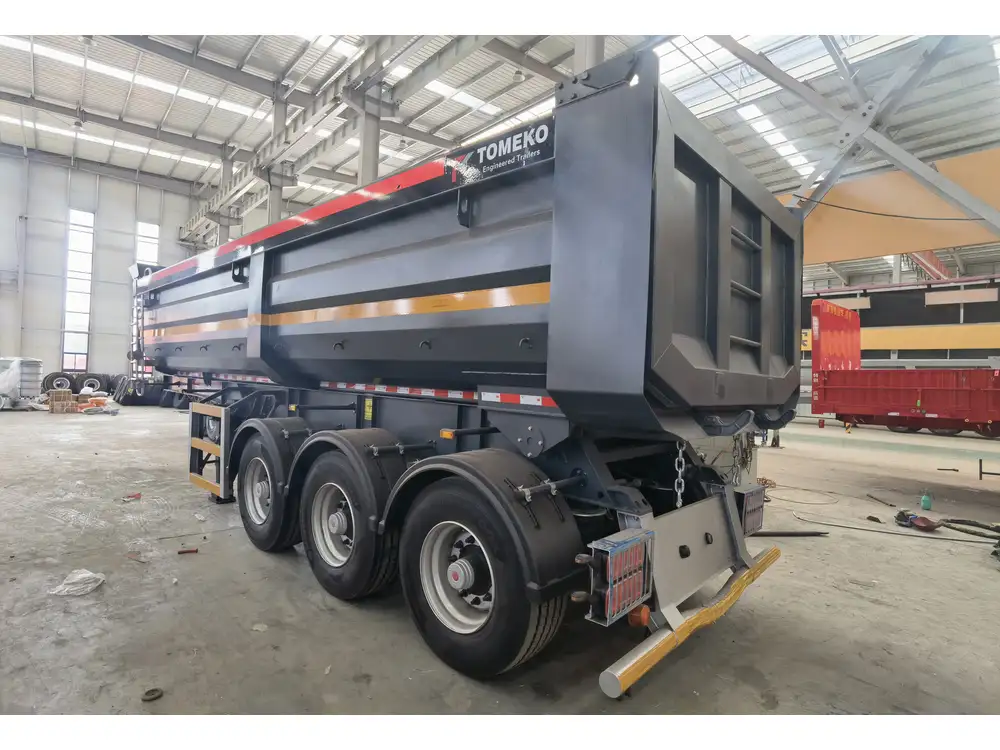
Types of Trailer Load Restraints
There are various types of load restraint systems, each tailored to different types of cargo and transportation needs. Understanding these options is crucial for selecting the appropriate system for your specific requirements.
E-Track Systems
E-Track is a versatile and widely used load restraint system comprising a track-mounted rail with a series of pre-drilled slots. It allows for the quick and flexible positioning of various securing accessories, such as hooks, straps, and tensioners.
Advantages:
- Highly adjustable and adaptable to different load sizes and shapes.
- Easy to install and modify as needed.
- Durable and reliable for long-term use.
Applications:
- Securing palletized goods.
- Transporting irregularly shaped items.
- Handling oversized cargo.
Anchor Bars and Racks
Anchor bars and racks are fixed systems installed along the walls of the trailer. They provide multiple anchoring points for straps and tie-downs, offering robust support for heavy and bulkier items.
Advantages:
- Provide strong and stable anchoring points.
- Suitable for large and heavy loads.
- Enhance overall load stability.
Applications:
- Transporting construction materials.
- Moving heavy machinery.
- Carrying raw materials and bulk commodities.
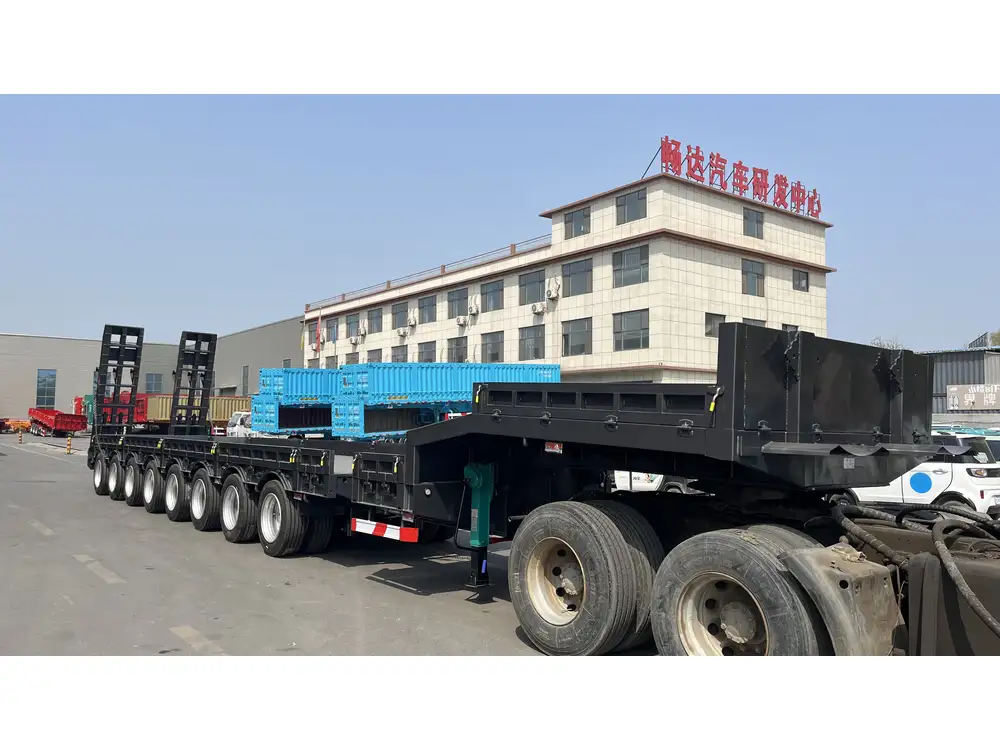
Cargo Nets and Tarps
Cargo nets and tarps offer flexible and protective covering for loads, preventing debris from escaping and shielding cargo from environmental elements.
Advantages:
- Protect cargo from wind, rain, and other weather conditions.
- Prevent items from shifting or falling out of the trailer.
- Versatile for various load types and sizes.
Applications:
- Securing loose or powdered materials.
- Protecting delicate or sensitive goods.
- Covering exposed loads to prevent contamination.
Preventive Breakaway Devices
Preventive breakaway devices are specialized restraints designed to detach safely in the event of a sudden stop or collision, reducing the likelihood of cargo becoming a hazardous projectile.
Advantages:
- Enhance safety by minimizing cargo movement during unforeseen events.
- Comply with strict safety regulations.
- Preserve the integrity of the load restraint system.
Applications:
- Transporting hazardous or high-risk materials.
- Securing items on long-haul routes.
- Ensuring compliance with advanced safety standards.
Regulatory Standards and Compliance
Compliance with regulatory standards is non-negotiable in the transportation industry. Adhering to these regulations not only ensures safety but also avoids hefty fines and legal repercussions.
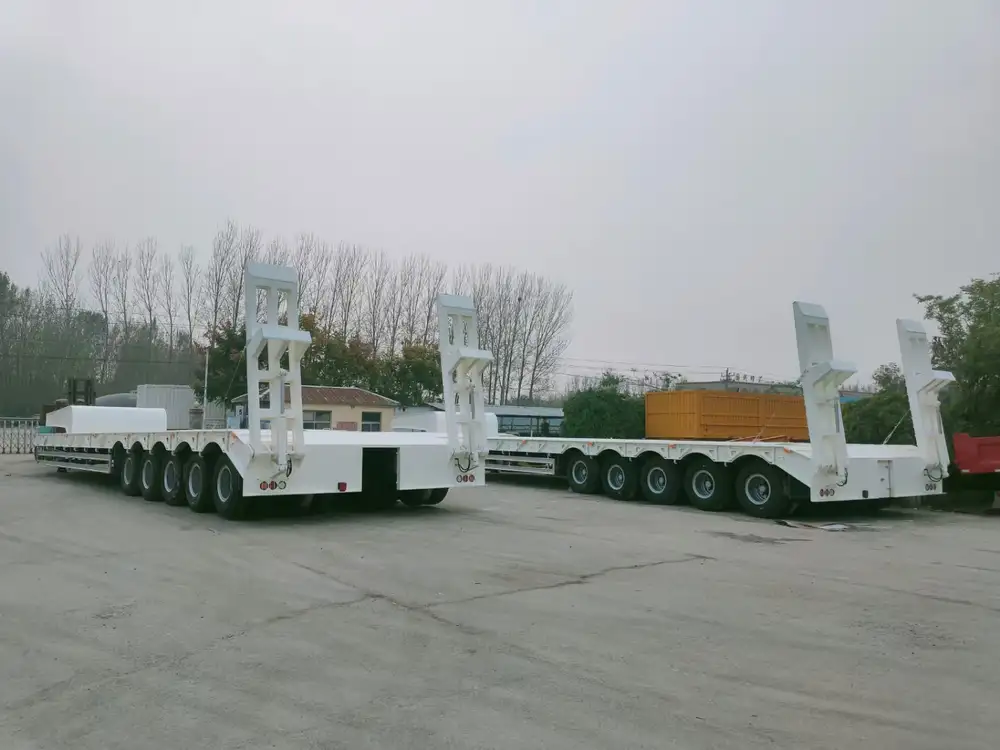
Federal Motor Carrier Safety Administration (FMCSA) Regulations
The FMCSA sets forth comprehensive guidelines for load securement to ensure the safety of commercial motor vehicle operations. Key requirements include:
- Restraint System: Every load must be secured to prevent it from shifting, falling, or being dislodged.
- Number of Restraints: The number varies based on the perimeter and size of the load, typically requiring a minimum number of tie-downs.
- Strength of Restraints: Restraints must withstand specified forces, ensuring they remain effective under stress.
- Distribution of Restraints: Load must be balanced and distribution of restraints must prevent tipping and shifting.
State-Specific Requirements
In addition to federal regulations, individual states may have specific requirements regarding load securement. These can include:
- Additional Tie-Downs: Some states mandate more stringent tie-down specifications.
- Inspection Protocols: Regular inspections may be required to ensure compliance throughout the journey.
- Permits for Oversized Loads: Special permits and securement measures are needed for transporting oversized or overweight cargo.
Staying informed and compliant with both federal and state regulations is essential for avoiding penalties and ensuring safe transportation.
Benefits of Effective Load Restraint Systems
Investing in robust load restraint systems offers numerous advantages that extend beyond mere compliance. These benefits encompass safety, economic efficiency, and operational reliability.
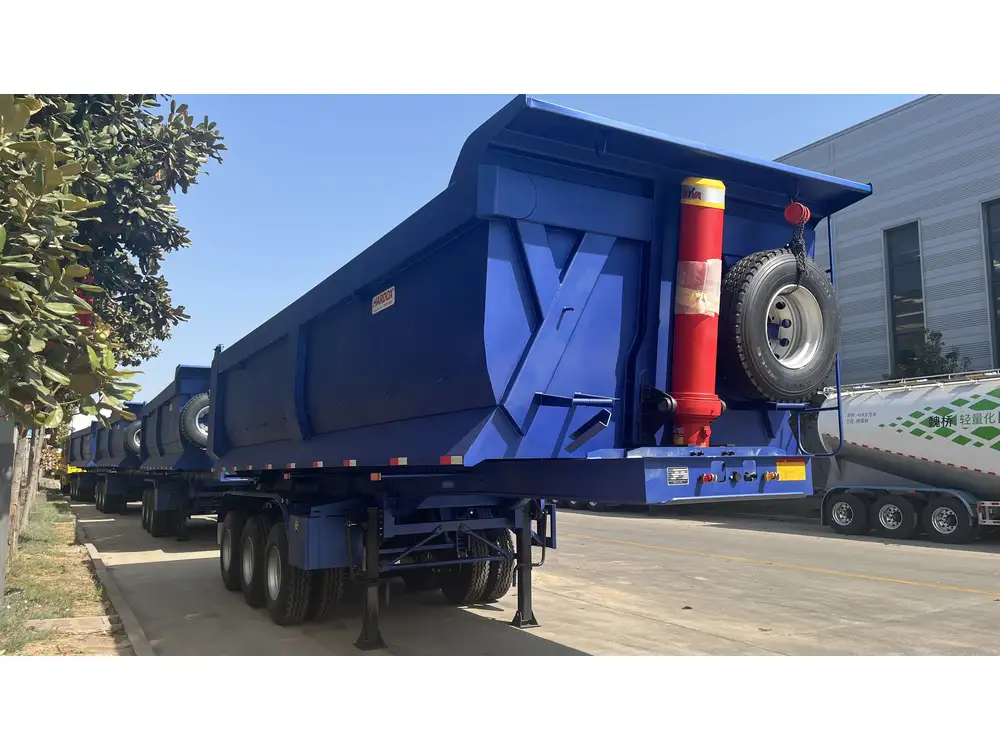
Safety Enhancements
Effective load restraints significantly reduce the risk of accidents caused by shifting or falling cargo. By maintaining the stability of the trailer, these systems:
- Protect drivers from sudden load movements that can lead to loss of control.
- Ensure the safety of other road users by preventing debris from entering traffic.
- Minimize the risk of rollover accidents by keeping the center of gravity stable.
Protection of Cargo
Securing cargo properly preserves its integrity during transit. This protection leads to:
- Reduced damage to goods, ensuring they arrive in pristine condition.
- Lower insurance claims and replacement costs due to fewer damaged items.
- Enhanced reputation for reliability and professionalism in cargo handling.
Legal Compliance and Avoidance of Penalties
Adhering to load restraint regulations safeguards against legal issues and financial penalties. Benefits include:
- Avoiding fines and citations from regulatory authorities.
- Ensuring uninterrupted business operations by maintaining compliance.
- Building trust with clients and partners through responsible transportation practices.
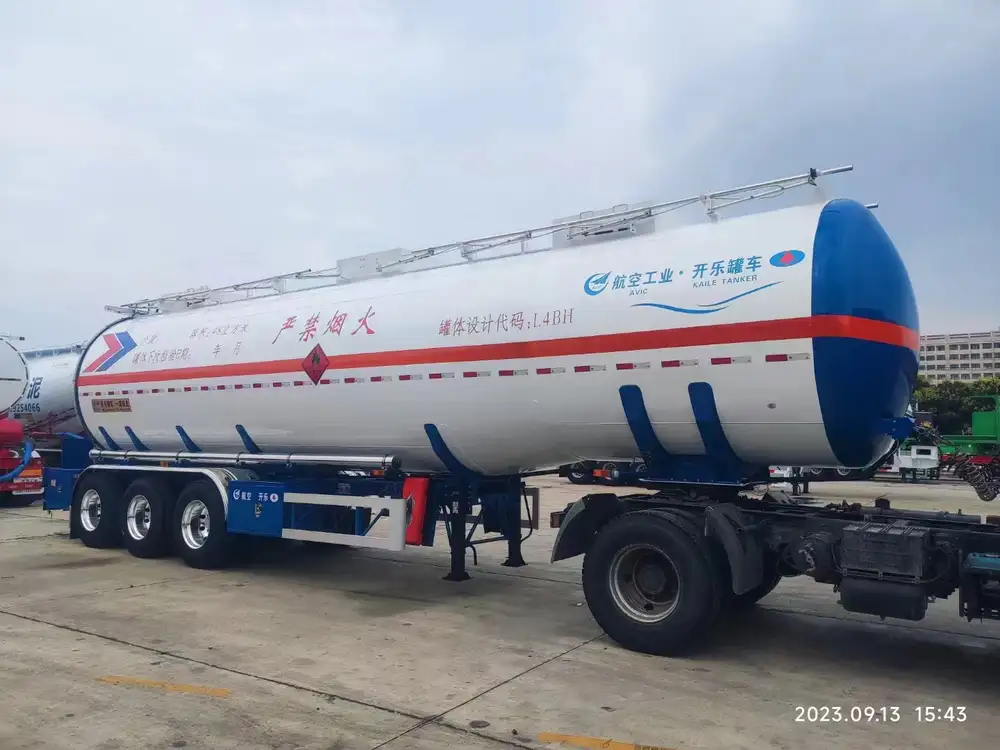
Economic Advantages
Investing in high-quality load restraint systems can lead to long-term economic benefits by:
- Reducing the frequency of cargo damage and associated costs.
- Decreasing the likelihood of accidents, which can be costly in terms of repairs and liability.
- Enhancing fuel efficiency by maintaining optimal trailer balance and aerodynamics.
Best Practices for Implementing Load Restraints
Implementing effective load restraint systems requires a strategic approach that encompasses training, maintenance, and the right equipment.
Proper Training and Education
Ensuring that drivers and logistics personnel are well-trained in load securement techniques is crucial. Best practices include:
- Conducting regular training sessions on the latest load restraint technologies and methods.
- Educating staff on the importance of load securement for safety and compliance.
- Implementing standard operating procedures for checking and securing loads before transit.
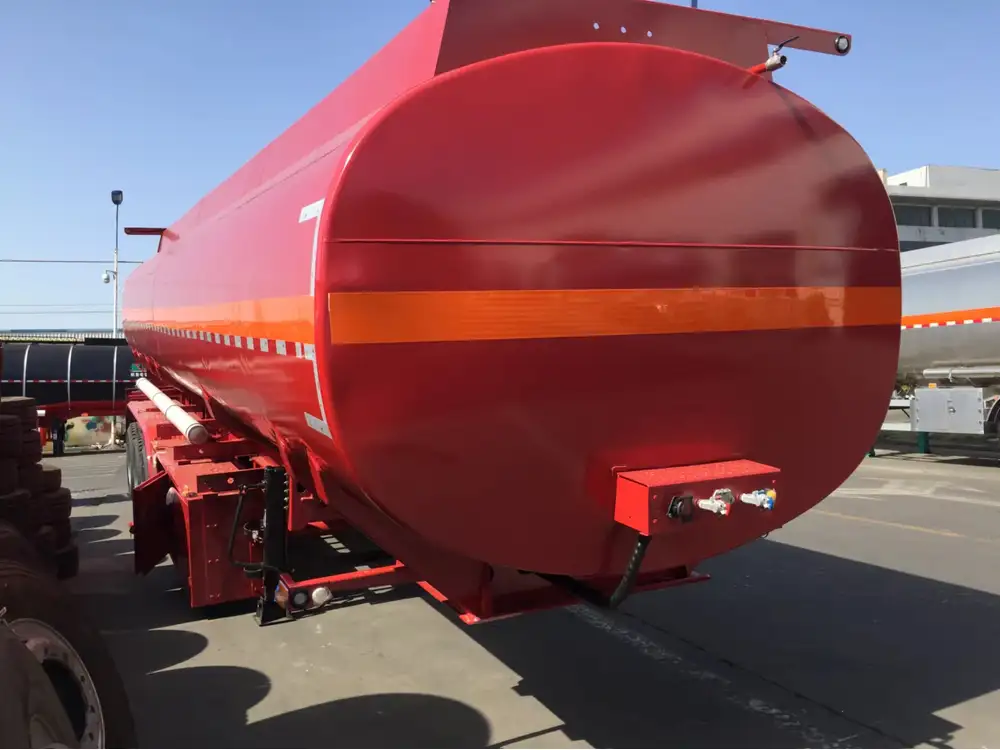
Regular Inspections and Maintenance
Routine inspections and maintenance of load restraint systems ensure their reliability and effectiveness. Key actions include:
- Checking straps, tie-downs, and anchors for signs of wear and tear.
- Replacing damaged or compromised components immediately.
- Verifying the proper functioning of adjustable systems and tensioners.
Choosing the Right Restraint System
Selecting the appropriate load restraint system is essential for addressing specific cargo needs. Considerations include:
- Type of Cargo: Different loads require different restraint methods (e.g., E-Track for palletized goods, anchor bars for heavy machinery).
- Load Size and Weight: Ensure the restraint system can handle the dimensions and mass of the cargo.
- Environmental Conditions: Select materials and systems that can withstand the transportation environment, whether it’s extreme temperatures or moisture.
Innovations in Load Restraint Technology
Advancements in technology are continually enhancing the effectiveness and ease of load restraint systems. These innovations contribute to greater safety, efficiency, and user-friendliness.

Smart Restraint Systems
Smart restraint systems integrate technology to monitor and manage load securement in real-time. Features include:
- Sensors: Detect shifts or movements of the load and alert drivers immediately.
- Automatic Adjustments: Systems that can tighten or loosen restraints based on load dynamics.
- Data Integration: Providing detailed reports and analytics on load securement practices and performance.
Automated Tensioning Devices
Automated tensioning devices simplify the process of securing loads by automatically applying the correct tension to straps and tie-downs. Benefits include:
- Consistency: Ensures uniform tension across all restraints, enhancing load stability.
- Efficiency: Reduces the time required to secure and adjust restraints manually.
- Ease of Use: Simplifies the process for drivers, minimizing the potential for human error.
Choosing CarMax Vehicle for Your Load Restraint Needs
At CarMax Vehicle, we are committed to providing top-of-the-line trailer load restraint solutions tailored to your specific transportation needs. Our expertise in manufacturing semi-trailers is complemented by our comprehensive range of load restraint systems designed for durability, reliability, and compliance.
Why Choose CarMax Vehicle?
- Quality Assurance: We utilize the highest quality materials and manufacturing processes to ensure our load restraints meet stringent safety standards.
- Customization: Our load restraint systems can be customized to fit various trailer types and cargo requirements, offering flexibility and adaptability.
- Expert Support: Our team of experts is dedicated to providing exceptional customer service, from initial consultation to post-installation support.
- Innovation: We stay at the forefront of load restraint technology, integrating the latest advancements to enhance safety and efficiency.
Partner with CarMax Vehicle to ensure your cargo is secured with the best in the industry, promoting safe and efficient transportation operations.

Frequently Asked Questions
1. What are the key factors to consider when selecting a load restraint system?
When selecting a load restraint system, consider the type and size of your cargo, the weight distribution, the specific trailer type, regulatory requirements, and the environmental conditions during transport. Additionally, evaluate the ease of use, durability of the system, and compatibility with your existing trailer setup.
2. How often should load restraint systems be inspected and maintained?
Load restraint systems should be inspected before every trip to ensure all components are secure and free from damage. Additionally, conduct regular maintenance checks according to the manufacturer’s guidelines, typically on a daily or weekly basis, depending on usage frequency and environmental exposure.

3. Can I retrofit existing trailers with new load restraint systems from CarMax Vehicle?
Yes, CarMax Vehicle offers a range of load restraint solutions that can be retrofitted to existing trailers. Our team can assess your current setup and recommend the most suitable systems to enhance your trailer’s load security and compliance with safety standards.
4. What are the consequences of not using proper load restraints?
Failing to use proper load restraints can result in cargo shifting, falling, or detaching during transit, leading to severe accidents, injuries, and fatalities. Additionally, it can lead to significant financial losses from damaged goods, legal liabilities, and hefty fines for non-compliance with transportation regulations.
5. How do smart load restraint systems improve safety?
Smart load restraint systems enhance safety by providing real-time monitoring of the load’s status. They can detect and alert drivers to any shifts or movements in the cargo, allowing for immediate adjustments. These systems also offer data insights that help in optimizing load securement practices and preventing potential hazards proactively.
By implementing the right trailer load restraints from CarMax Vehicle, you ensure not only the safety of your cargo but also the efficiency and reliability of your transportation operations. Stay ahead with our innovative and compliant load restraint solutions tailored to meet the demands of modern logistics.



